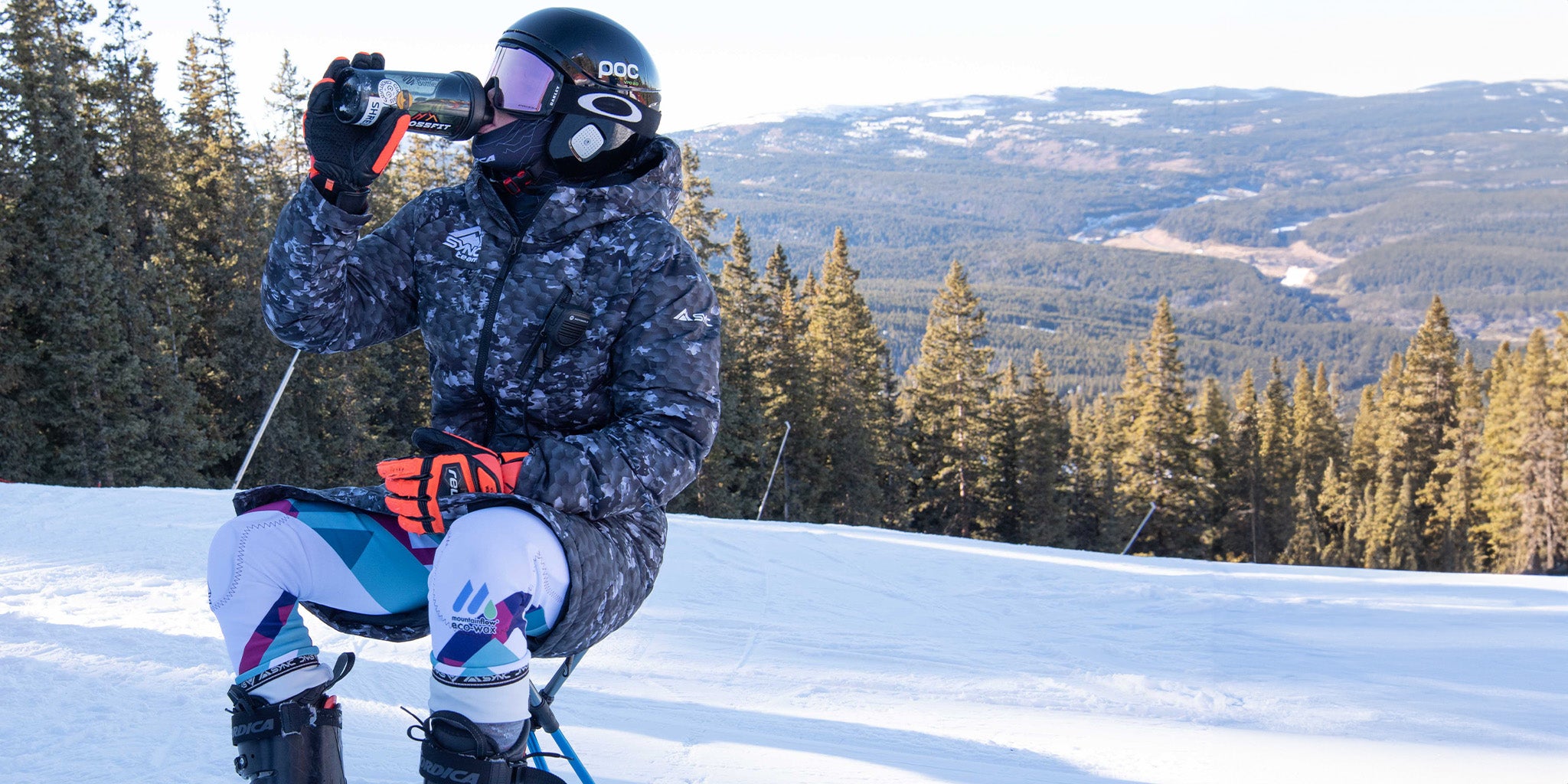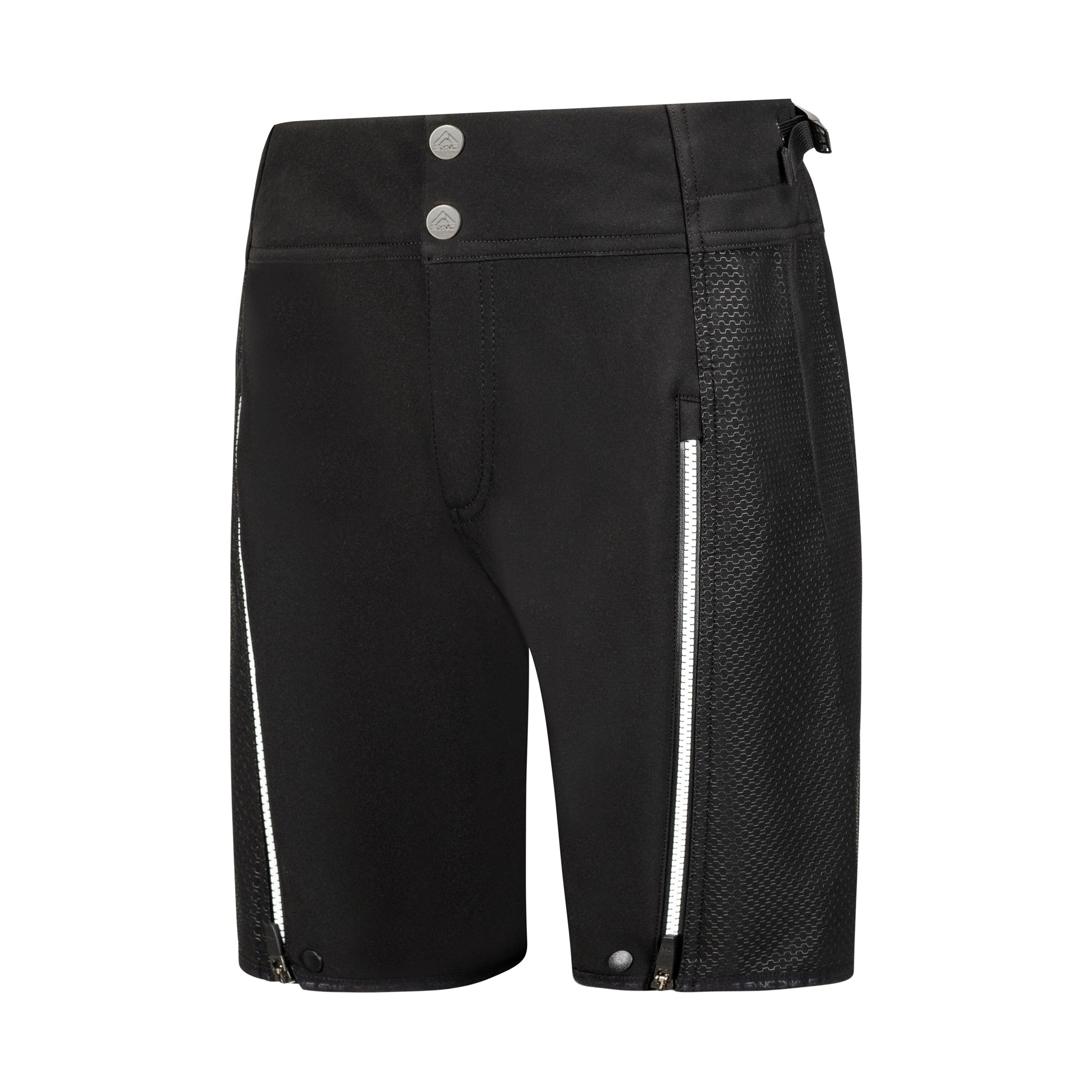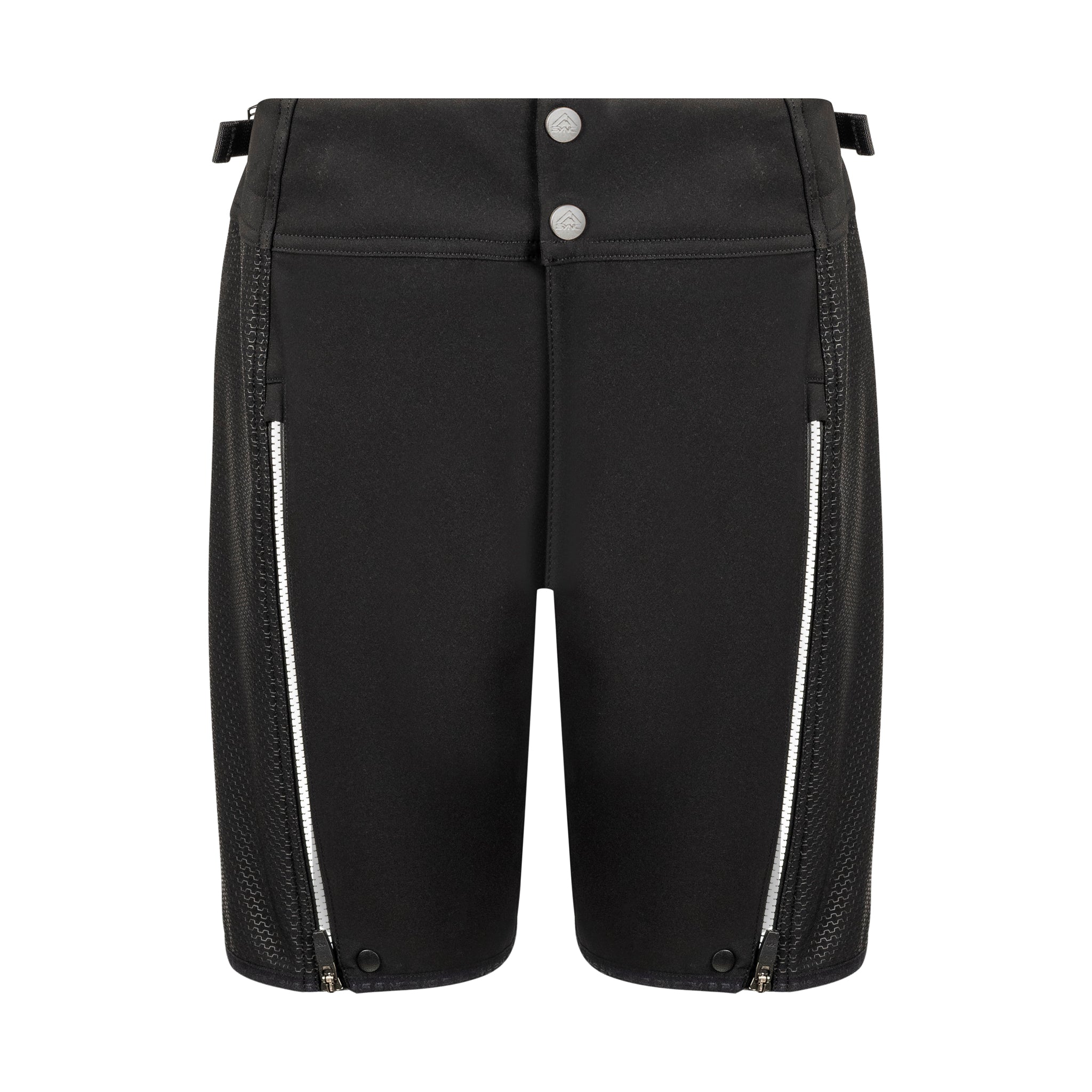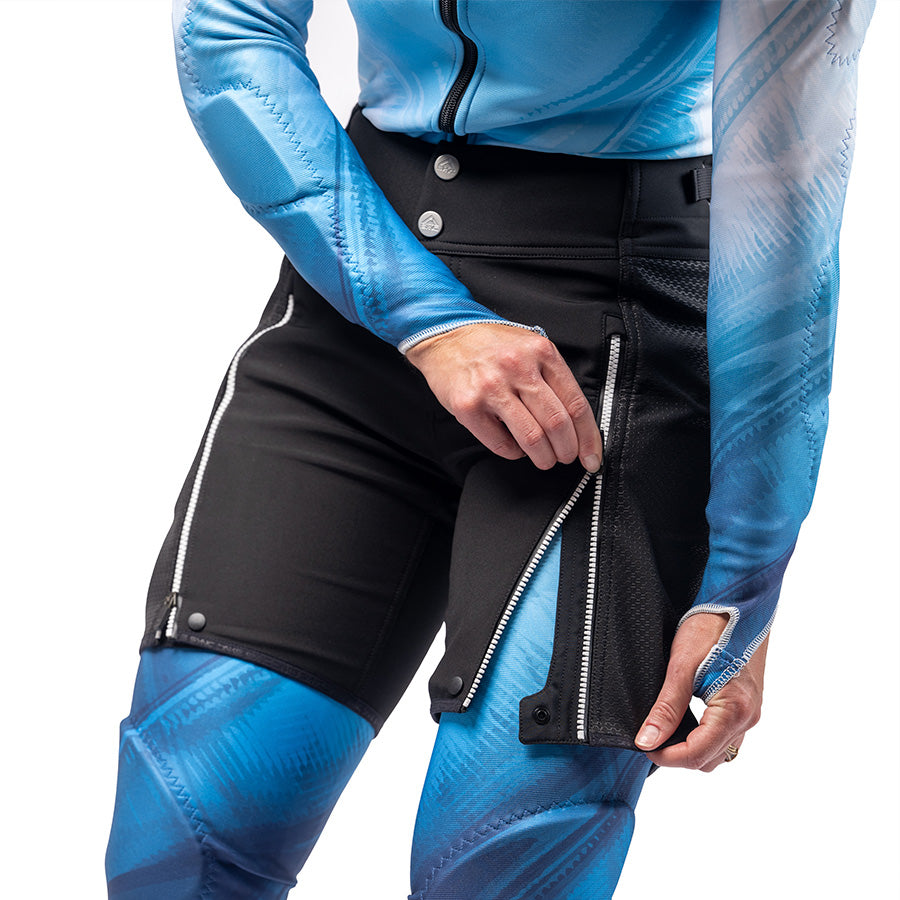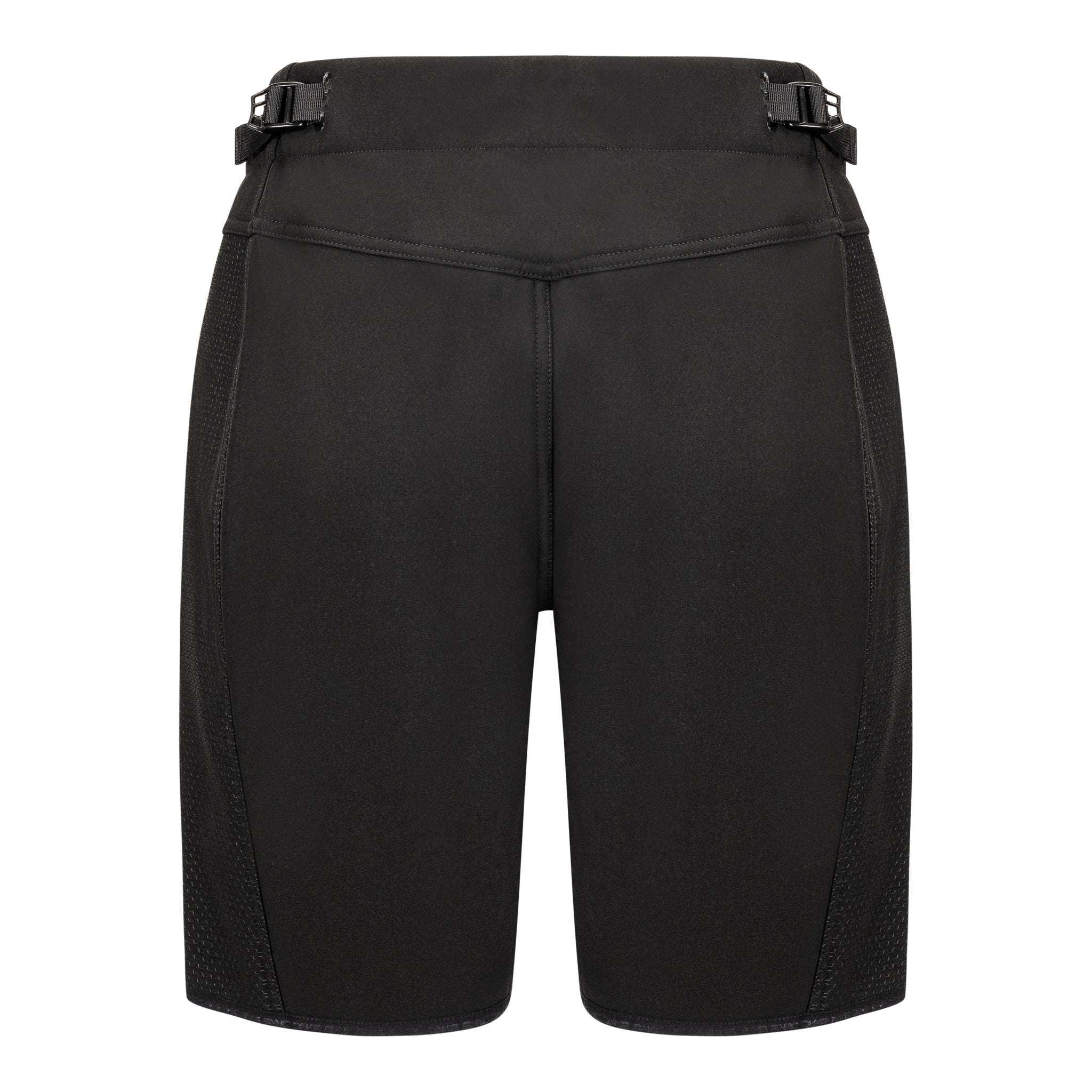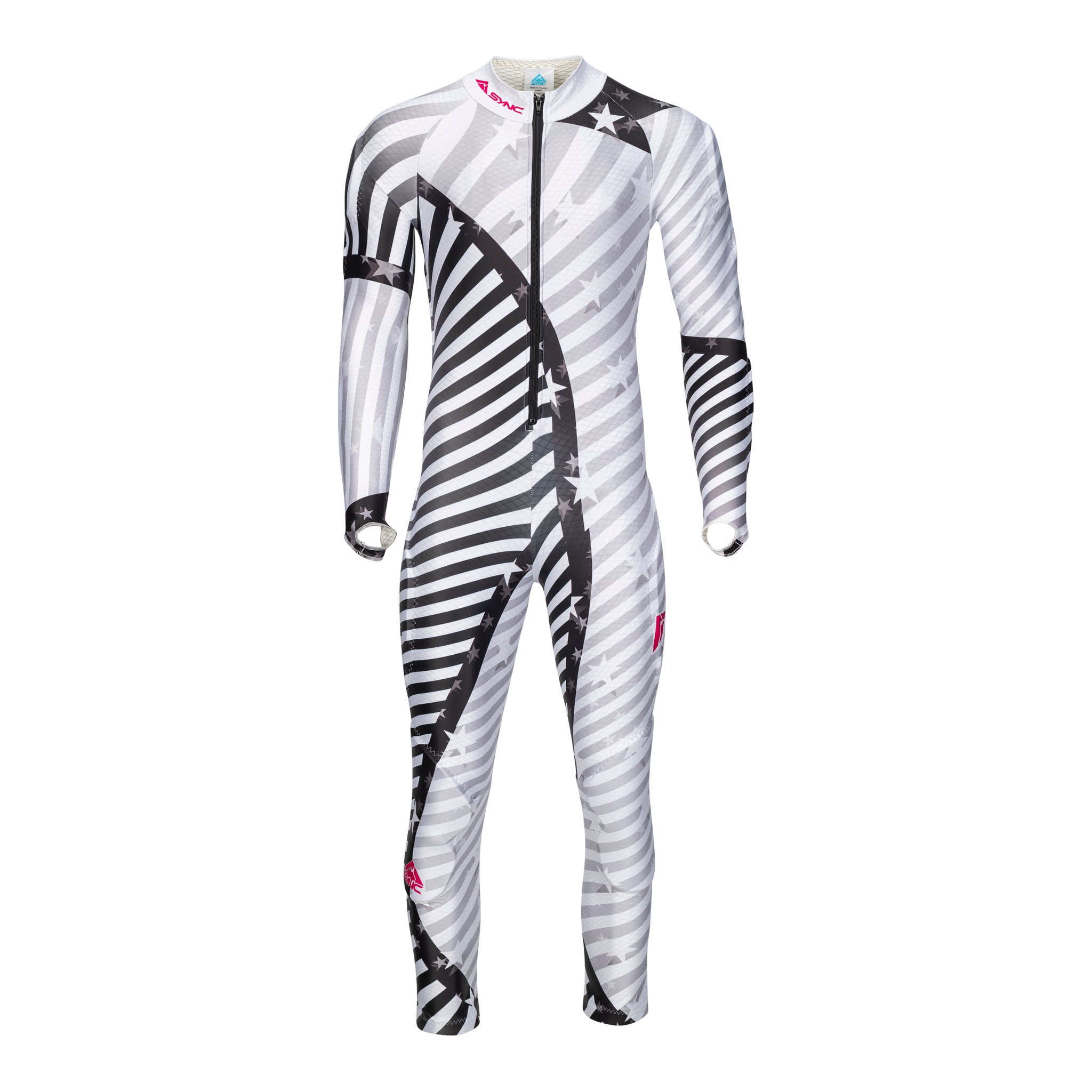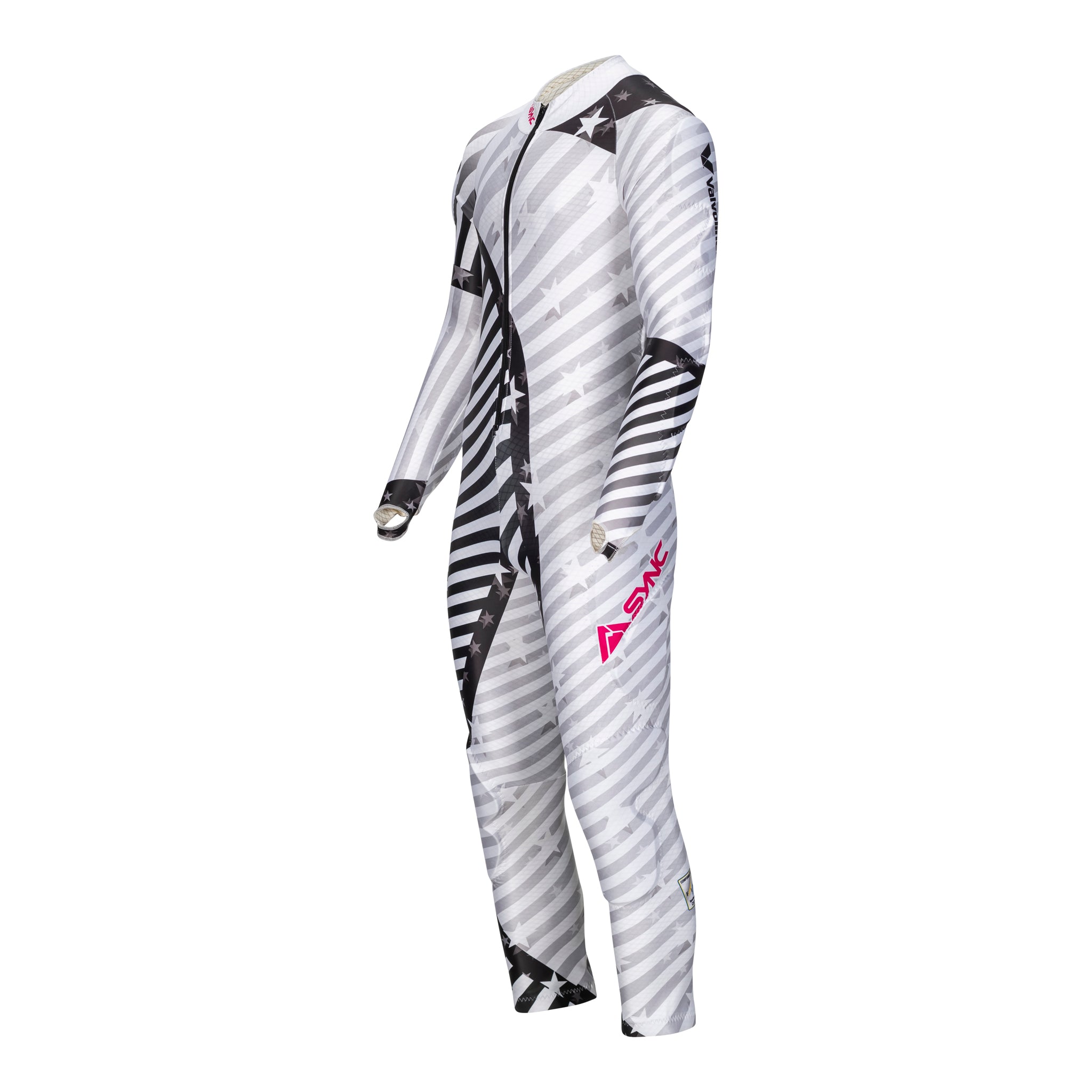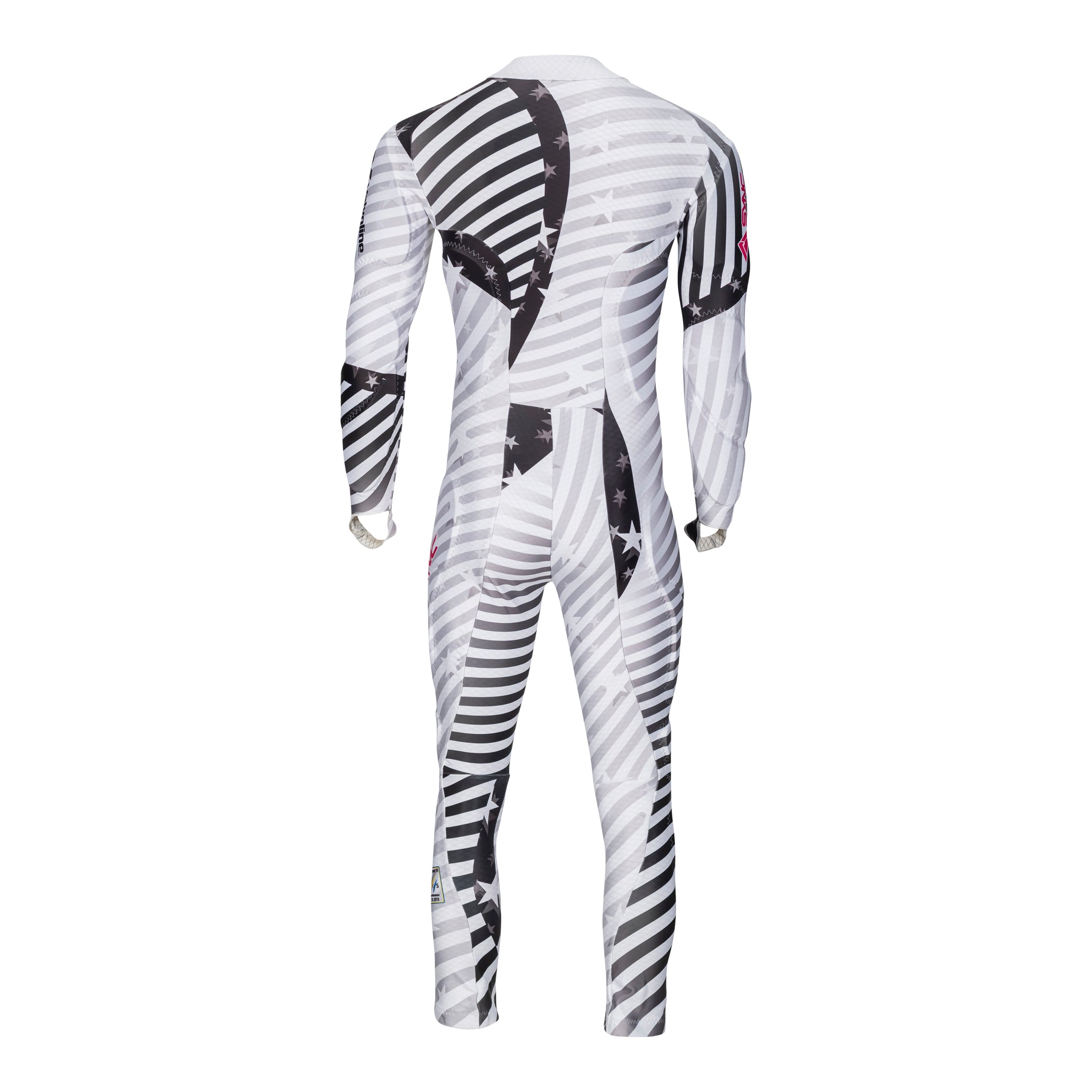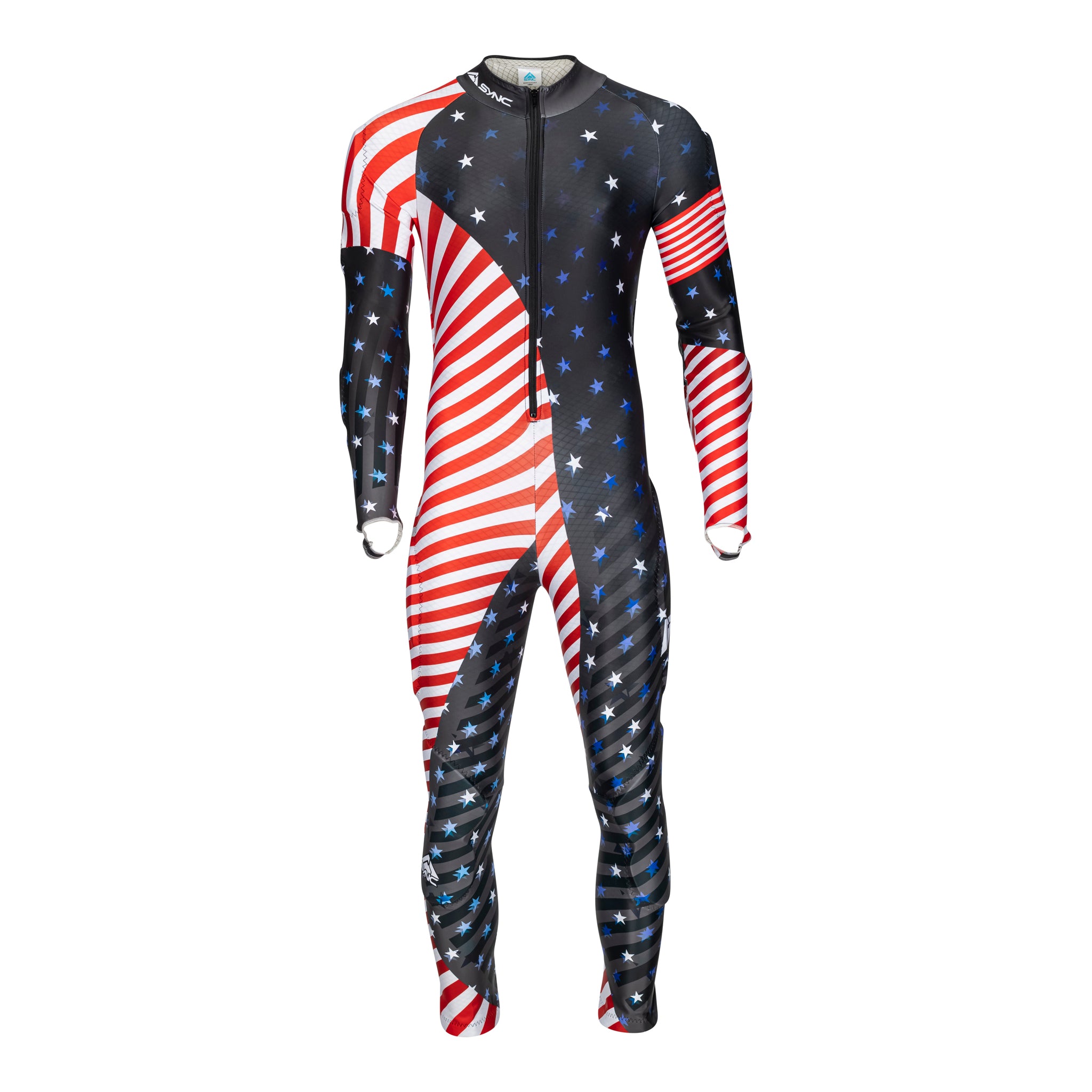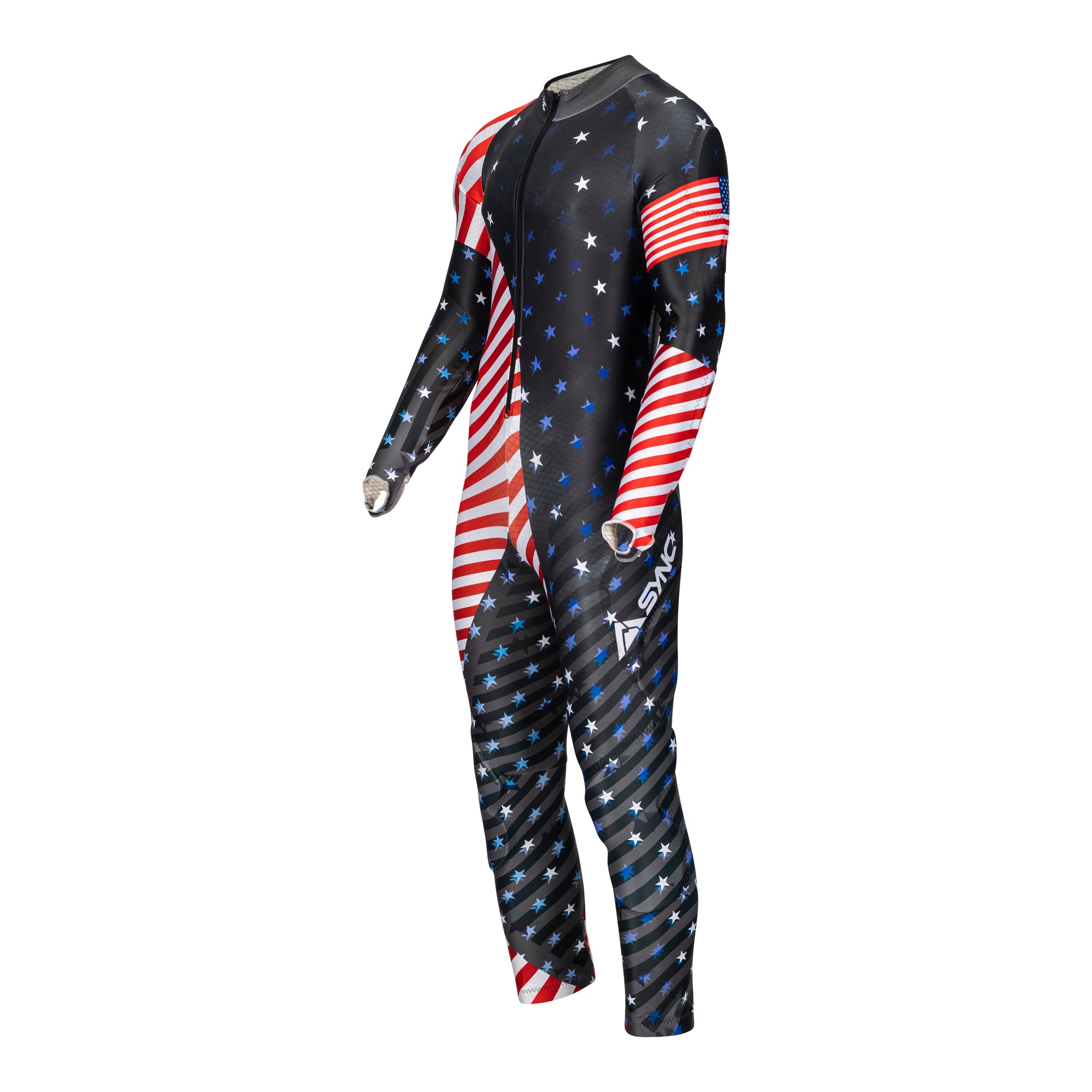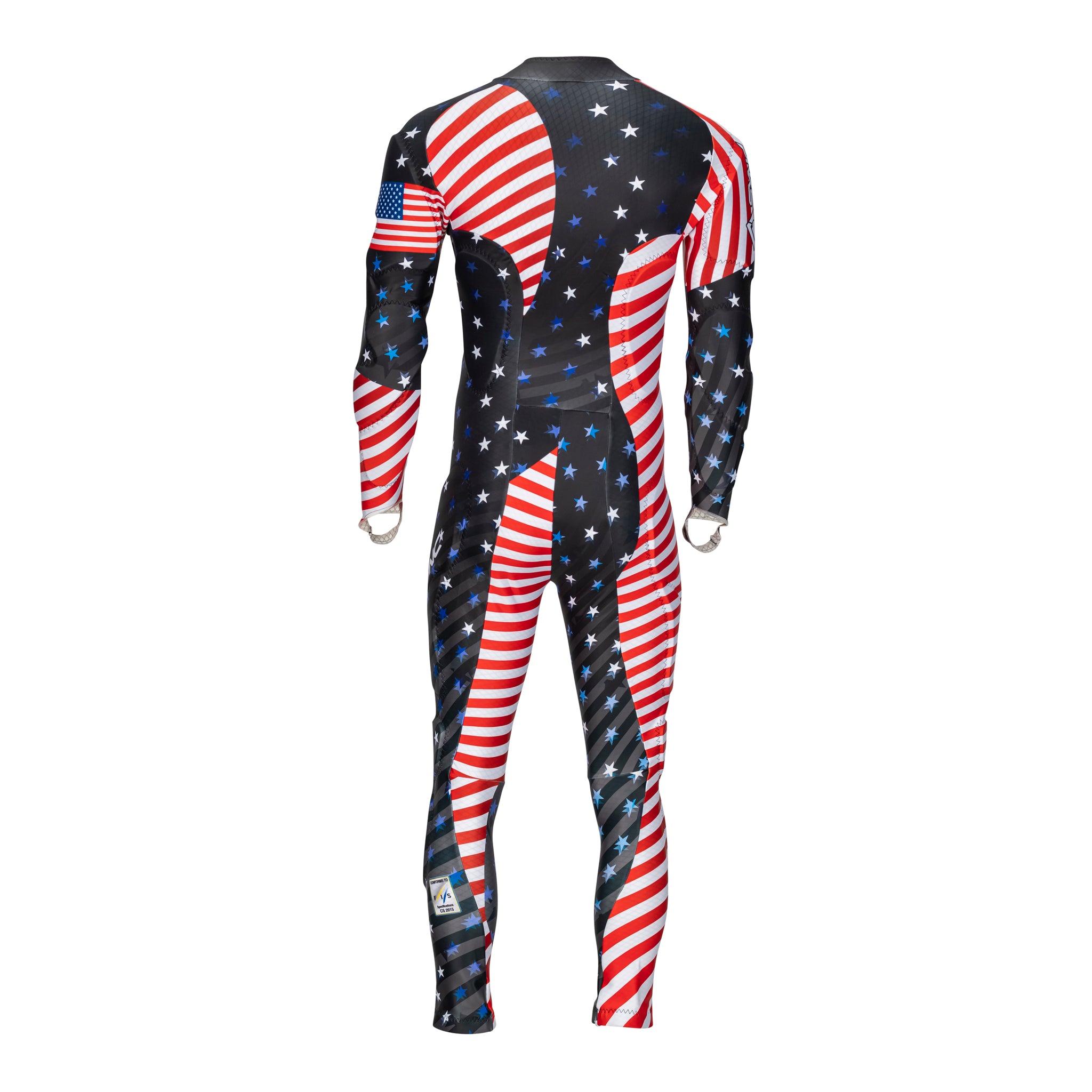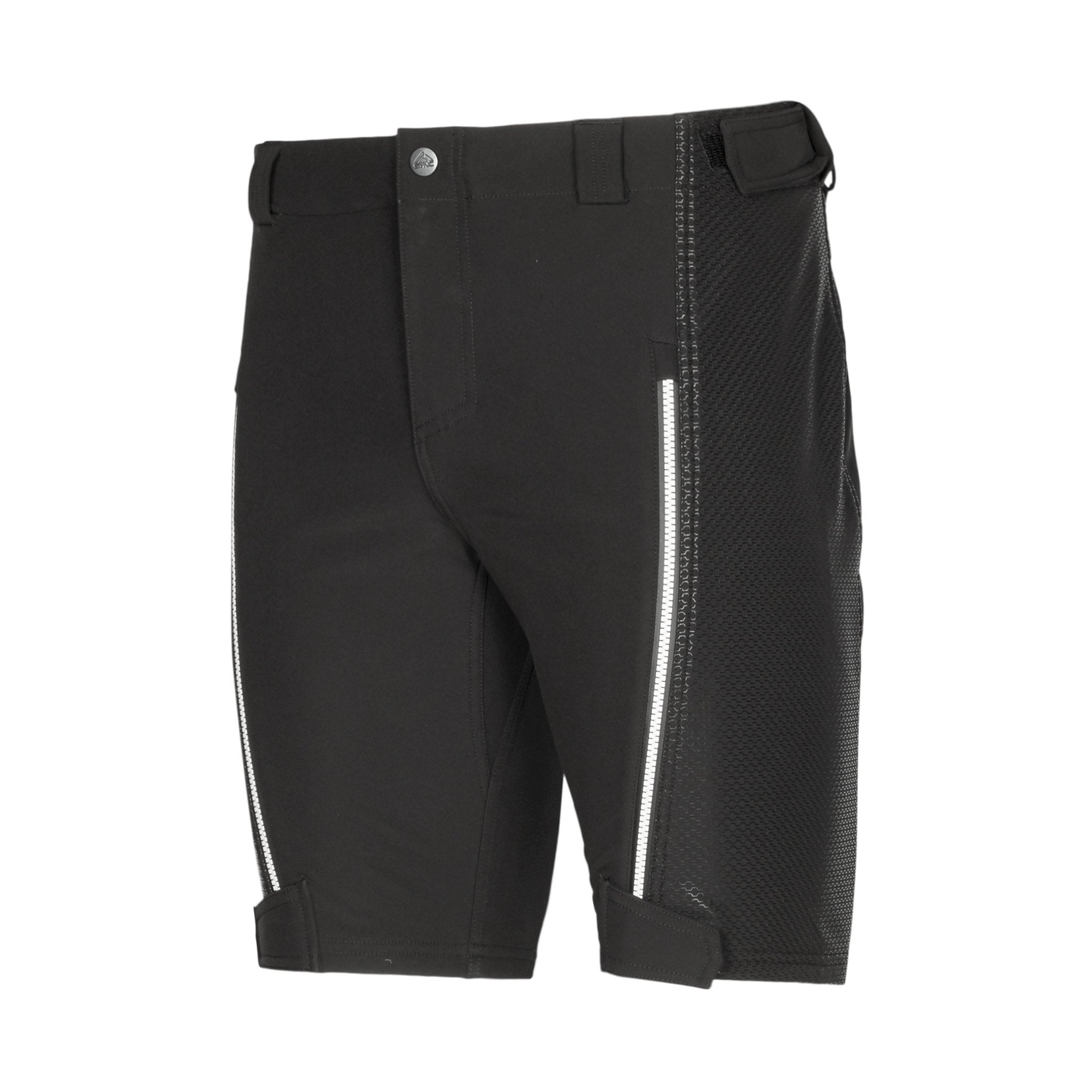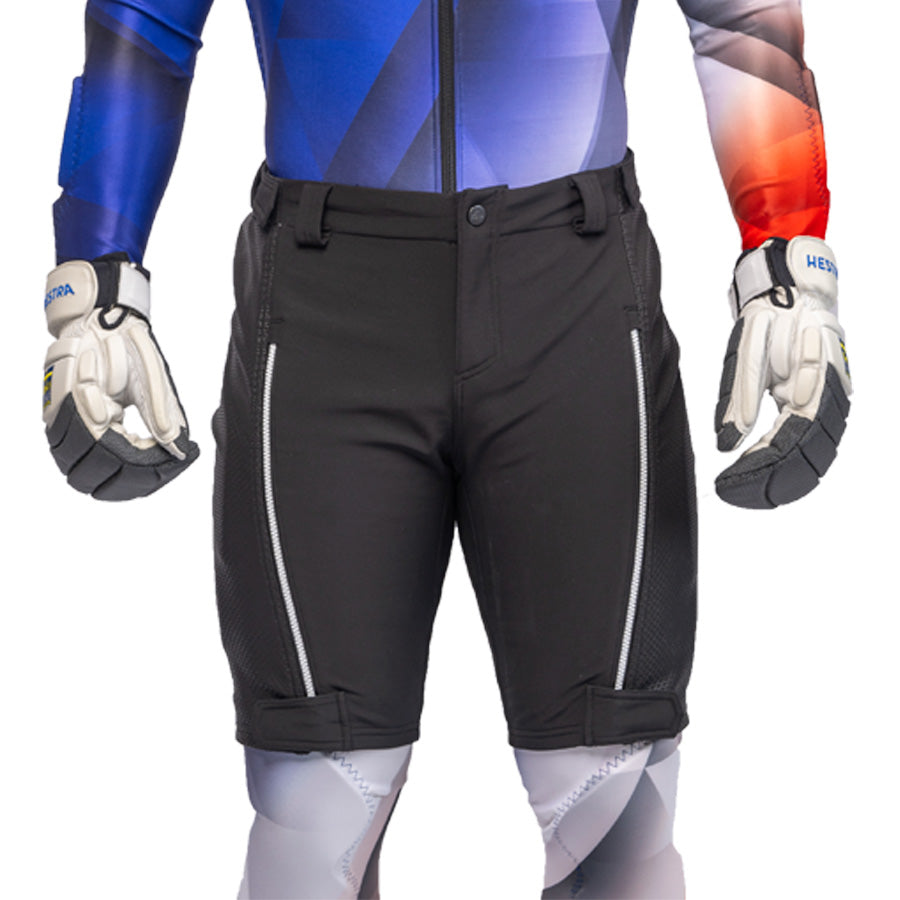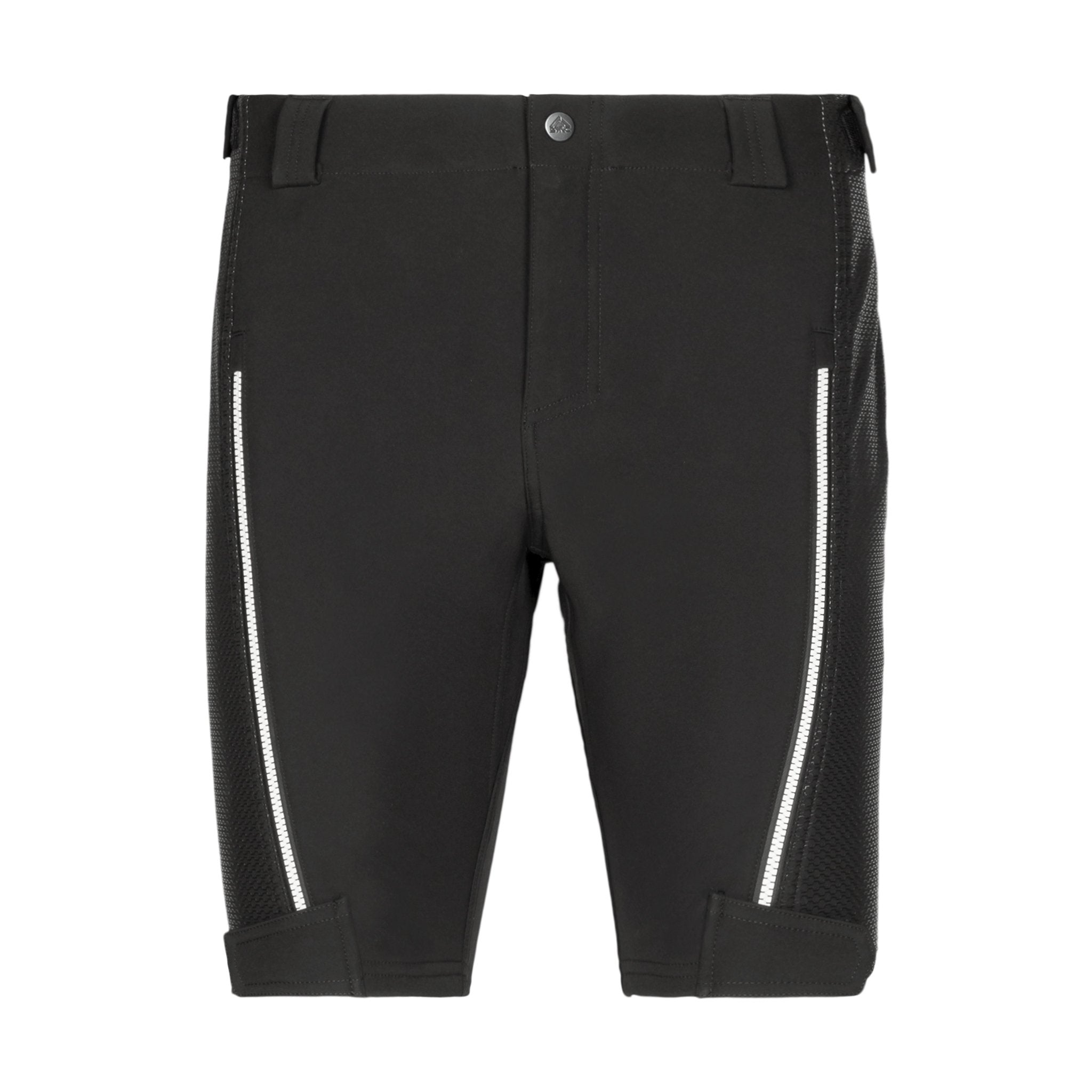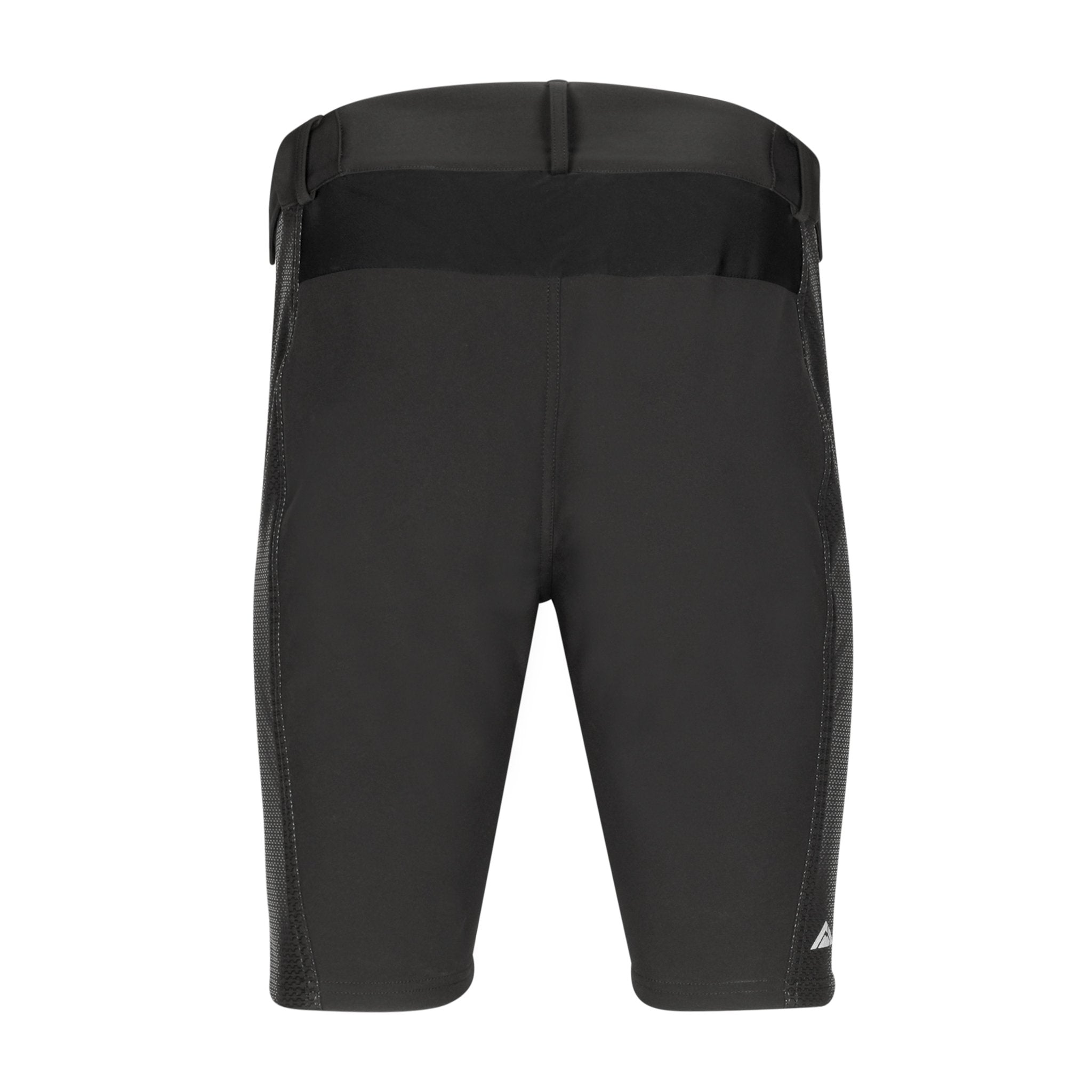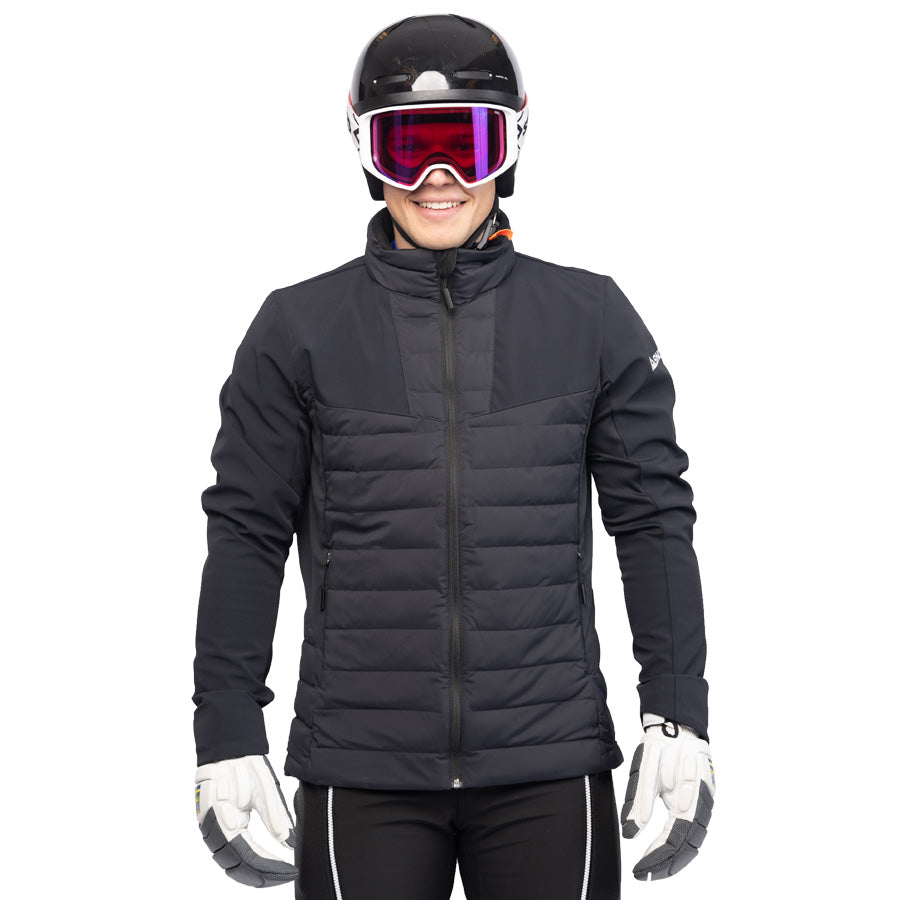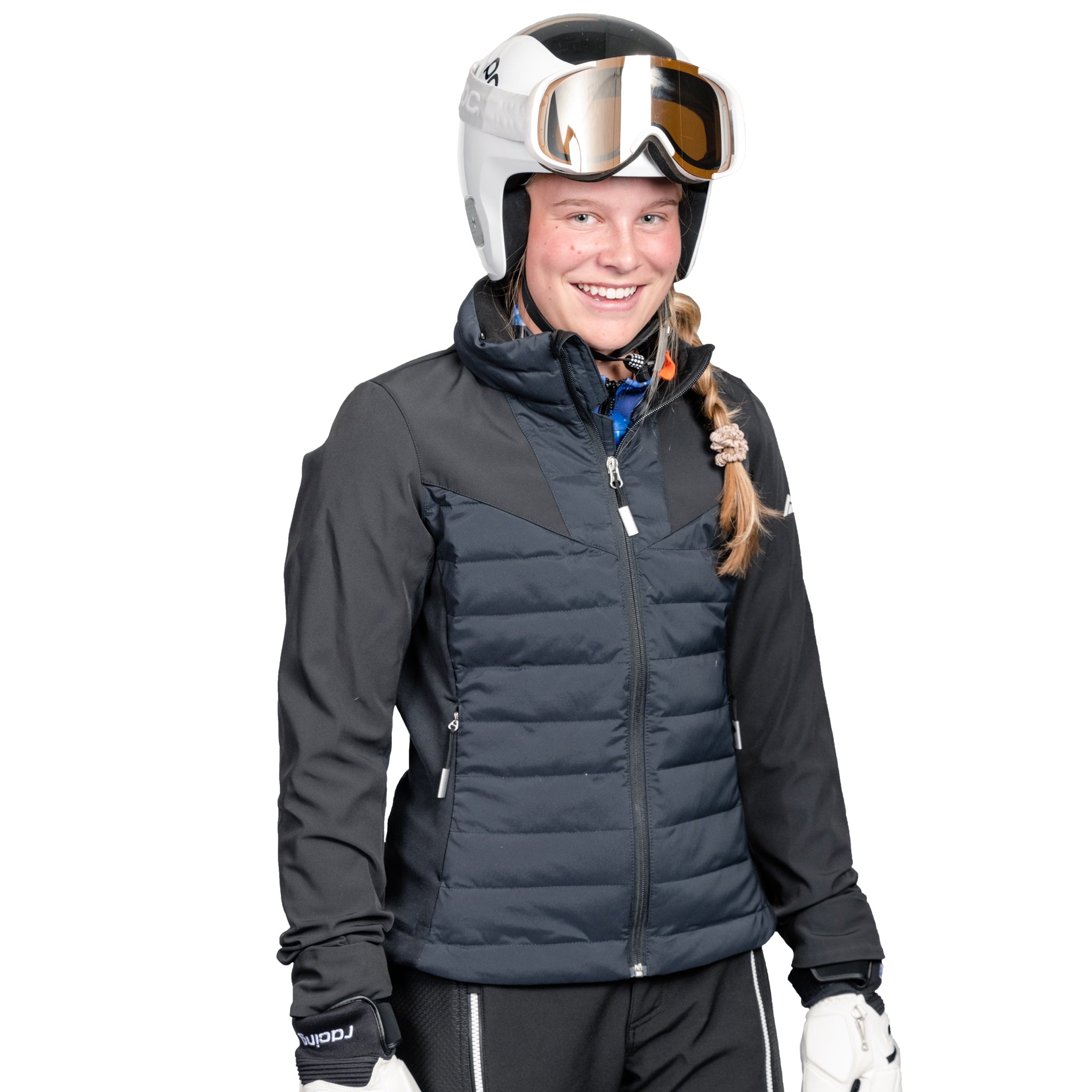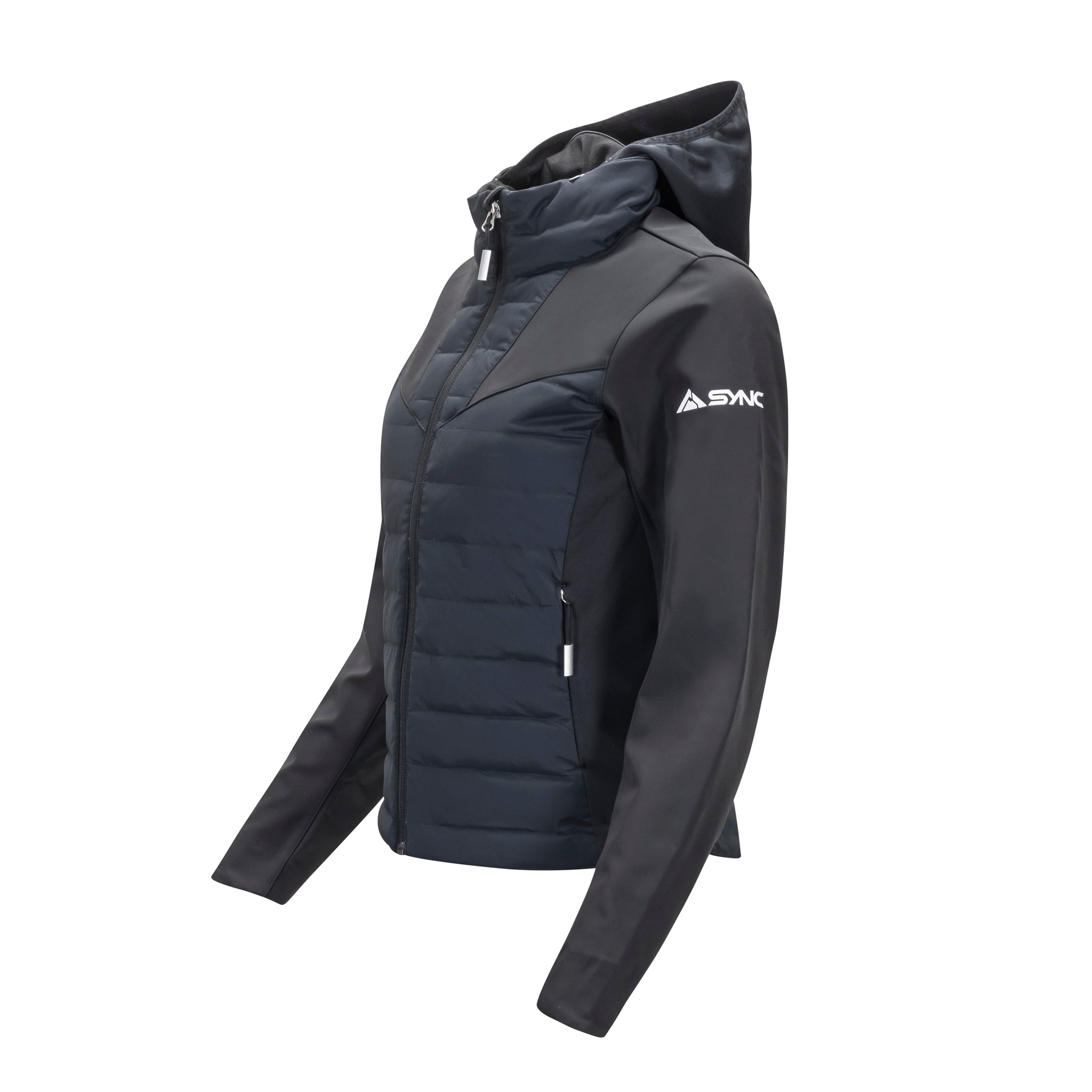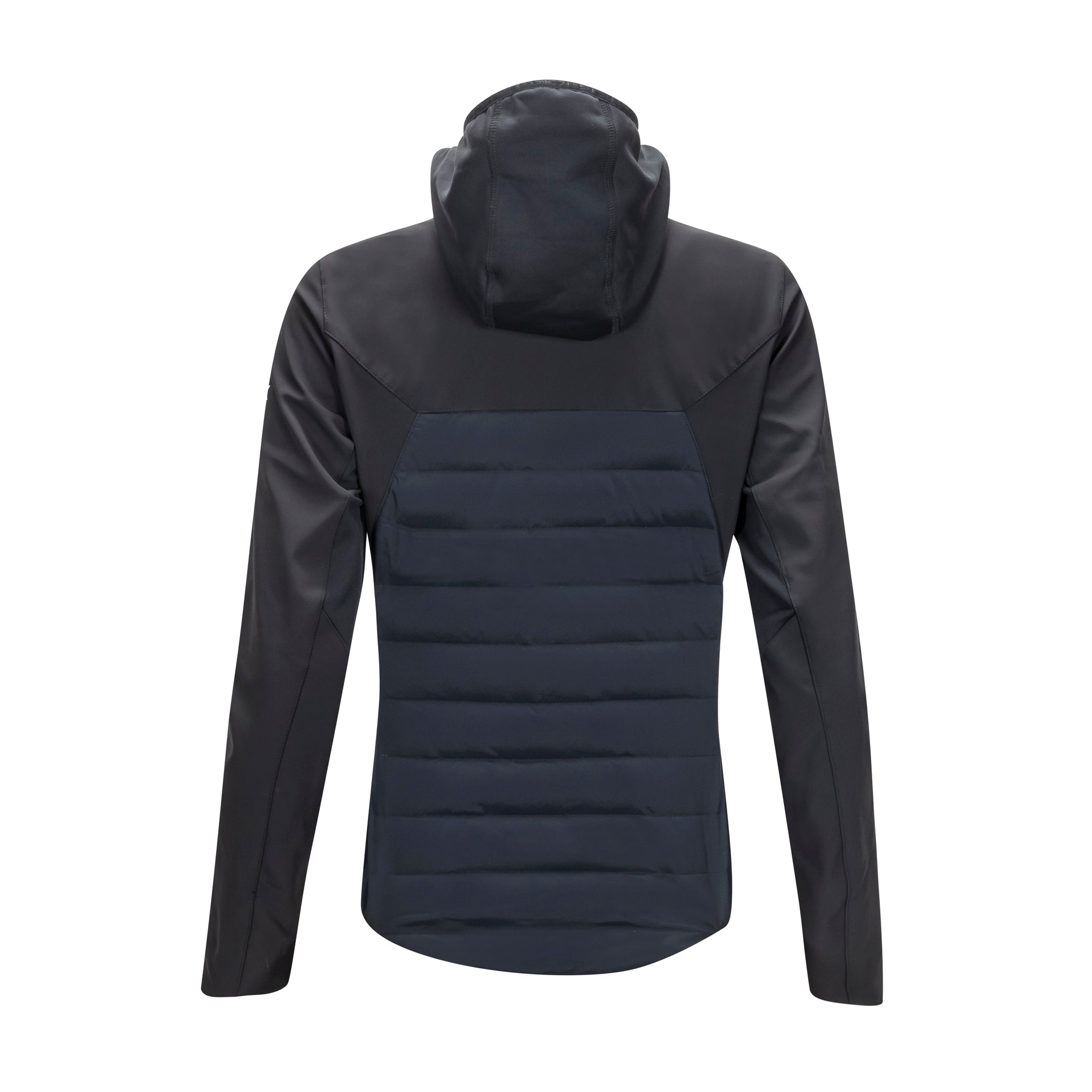When the end of the competition season hits and your gas tank is empty, we asked our partners at The Feed how an athletes nutrition can positively impact their performance.
We chatted with Daniel Kramer, a sports nutrition coach at The Feed, who has a wealth of experience shaped by his passion for sports, particularly tennis. Daniel told us about his journey from a young player to a Division 1 collegiate athlete which instilled in him invaluable lessons about perseverance and mental resilience. Similar to ski racing, through tennis, Daniel learned the importance of staying true to one's game plan amidst life's challenges and the intricate balance between physical and mental preparation in competitive sports.
Following his collegiate career, Daniel transitioned to the fitness industry, initially as a personal trainer before delving into nutrition. Now pursuing a Master’s in Nutrition and Registered Dietitian Certification, he channels his expertise into his role at The Feed. As a sports nutrition coach, Daniel engages with clients, collaborates with high-performance athletes, curates product selections, and conducts educational initiatives. His multifaceted approach reflects his dedication to optimizing performance and promoting a holistic understanding of nutrition in sports.
Understanding Nutrition for Athletes: Myths, Realities, and Practical Tips
Main Cause of Not Fueling Your Body Correctly
There are so many reasons why people may not be fueling correctly. It could range from not fueling to the extent which you should be, not eating early enough to allow your GI some time to get the food through your system, not pre-planning the products (drink mixes, bars, gels, chews, whole foods) that you are going to bring with you to training, not being able to open a product up while you are training, your GI acting up on you while training, etc. The point here is that you will want to do your best to plan out what you are going to bring with you, fuel up a bit before training if it is going to be a more extended session, bring products or foods you know will bode well with you during training, and know how much fuel you can consume per hour.
Positive Impacts of Fueling Your Body Right
There are so many positive impacts that proper fueling can do for you. For starters, you will likely feel much better during training. We all know what it’s like to be under-fueled and go out there with nothing in our stomachs for extended periods of time. Bonking, in this scenario, is a big concern. On top of feeling better, we will likely be able to reap some performance benefits out of increased carbs during our training. Our bodies can oxidize or burn through a tremendous amount of carbohydrates per hour. Thus, staying on top of fueling will give your body the energy it needs to perform.
Common Misconceptions About Nutrition Among Athletes
A lot of athletes go into training and competition way under-fueled and dehydrated as well. A large part of sports nutrition focuses on how we are not only going to fuel our body for peak performance but also how we are going to stay on top of our hydration. Here, athletes may not know how much fuel they should be consuming per hour, what types of fuel are best for them, how much electrolytes they may need per hour, how much fluids they need per hour, what ratios of electrolytes they may need, etc.

Nutrition, while it may seem simple, can be highly complex. Because everyone has to eat, everyone has differing opinions on what is “good” or “bad.” At The Feed, as a sports nutrition coach, I take what the culmination of scientific literature is talking about from sports nutrition and do my best to curtail this towards everyone's needs and goals. I say curtail here as every athlete will have their own personal needs based on physiology.
Optimizing Nutrition for Performance: Tailoring Fueling Strategies
Difference in Fueling on Race or Training Days
“Compete like you train” is the motto that I go by here. Whatever you are doing on larger/longer training days is what you should be doing on race day. The last thing we want to happen on race day is for you to try something you are not used to and potentially wreak havoc on your GI or performance. The goal is to perform as best as possible. This means that we will want to minimize any new aspect you bring into race day that you have not done during training.
Difference Between Rest Days and Training Days in Nutrition
Rest days, by name, should be different than training days. From a nutrition point of view, we still want to make sure that we are eating nutritious foods that will fuel our bodies and help them recover (healthy fats, wholesome carbohydrates, protein, and plenty of vitamins/minerals from whole foods). With that being said, there will likely be a slight reduction in calories consumed as you will not need to fuel prior to training, consume an exuberant amount of fuel during training, and potentially consume a recovery snack/shake. While this is the case for some, this may not be the case for all. This is a generalization about what might take place on a rest day. Every athlete has different physiological needs.
Role of Timing in Nutrition and Considerations at Different Altitudes
Just like the quantities of your nutrition matter, the timing of nutrition does as well. We will want to do our best to allow our GI (esophagus, stomach, small intestine, and large intestine) to digest and absorb the nutrients we are giving it comfortably. In doing so, we will want to monitor the timing of carbohydrates, fluids, electrolytes, proteins, and a couple of other nutrients, as they will all likely have their own timescales for when to be consumed.

The timing of nutrients also plays key roles in nutrient absorption (for performance purposes) and recovery. This can be a bit more complex, but in short, you will want to do your best and hit your nutrient timing to give your body its best shot at boosting performance and recovery.
Fueling Efficiently: Electrolytes, Quick Snacks, and Long-Term Health
Electrolytes and how to use them
Proper hydration can make or break a workout, race, or even the rest of your day. Whether you are a seasoned athlete or new to the fueling game, understanding hydration and how to make it work for you is important.
Hydration comes up often. This is due to its influence on our health, how it fluctuates when we sweat, and its complexity. It can also be hard to measure without the right tools, and even when we have the tools, each training session can differ in intensity, duration, and temperature – which consequently affects the amount of sweat we lose and need to replenish.
Have no fear, though. There are ways to estimate this, and ultimately, how you feel can be one of the best indicators of hydration. If you have ever finished a workout or neared the end of a workout and felt a bit unwell, maybe you were pushing harder than you needed to, maybe you were a bit more tired than usual, maybe you were cramping, or maybe you were even a bit lightheaded. These are likely indications that you need to hydrate more.
The hydration equation consists of two parts: water and electrolytes. We tend to have a grasp on the water part, but the electrolytes side of this can sometimes get lost. Here are 3 simples parts to help you navigate this.
PART 1: FIGURE OUT IF YOU ARE A SALTY OR HEAVY SWEATER.
- Do you find that after a hard workout, you have some white powdery streaks on your clothing or face?
- Are you like me, and fairly soaked from sweat after a few miles on the treadmill or after just 10-20 minutes on the indoor trainer?
If you answered yes to one or both of the above, you’re likely a salty sweater, a heavy sweater, or both. Salt, which is made up of the electrolytes sodium and chloride, is a major component of sweat. Some of us sweat out a bit more salt than others. The differences in our sweat are important to consider. The reason for this is due to the fact that those who sweat out more salt will need to consume more salt to replenish what they’ve lost! In addition, if you’re a heavy sweater like me, you’re going to be losing more fluids. As a result, you want to make sure you’re replacing the fluid (water + electrolytes) you lose as you go in order to maintain hydration and optimize performance.
PART 2: UNDERSTAND THE CONDITIONS YOU’RE RACING OR TRAINING IN.
Weather and terrain can affect many parts of our performance, including our hydration status so we need to be mindful of this. If it’s humid or hot, or if you’re at a higher elevation, you will need to increase your water and electrolyte consumption to ensure you’re adequately replenishing your stores.
PART 3: PLAN FOR THE DURATION OF THE TRAINING OR RACING SESSION.
The duration of your activity plays a role in how much hydration you need per hour. If you’re heading out for under an hour, you should be good to go with water; however, if you’re embarking on a race or training session that is over an hour, you want to bring not only water, but electrolytes with you too. If you don’t replenish as you go, you’ll likely feel this in your workout, if not, very soon after.
WHAT TYPE OF ELECTROLYTE MIX SHOULD I CHOOSE?
Low (<275 mg sodium)
Factors to consider are low intensity, daily hydration, and if you’re looking for added carbohydrates.
Medium (>276-600 mg sodium)
Factors to consider are medium to high intensity, shorter durations (less than 2-3 hours), heavy and/or salty sweater, and if you’re looking for added carbohydrates.
High (>601 mg sodium)
Factors to consider are medium to high intensity, longer durations (2+ hours), heavy and/or sweater, training at altitude, and if you’re looking for added carbohydrates.
Ultimately, when it comes to hydration, it’s going to take a bit of trial and error to figure out the best mix for you. It’s vital to adapt your hydration strategy based on the conditions and duration of your activity. Be patient, be willing to try out new things, and always have a few options on you for the various scenarios you may encounter.
Daniel's Favorite Quick Ways to Fuel and How to Find Products for Your Needs at The Feed
First and foremost, you will want to try out as many different products as you can. You are not going to know what you or your body likes the best until you try out everything. The great thing about The Feed is that we sell single-serving options. So, no need to purchase an entire box of something you may not like. The second thing to consider here is practicality. Whether you are on the mountain, out for a run, on a bike, swimming, or anything else, you will not want to do something that is counterintuitive to your safety or performance. An example here is opening up a gel while you are racing your bike on gravel. Lastly, you will want to find products that can get you up to your fueling needs without needing to consume a million of them per hour. Chews, bars, waffles, gels, drink mixes, and whole foods can all pack in fuel. The key here is to find something you think tastes neat, and also contains plenty of fuel to support your performance. Ideally, 1-2 products per hour would be great here.

Whether you are in need of bars, chews, gels, drink mixes, vitamins/minerals, recovery products, or anything else, The Feed probably has it! The Feed has a tremendous supply of endurance products, which I encourage you to check them all out. One of the nice things about the website is that you can customize your needs on the sides with the toggle options. For example, if you need a product that is a bit higher in carbs and has a moderate amount of electrolytes, you can easily plug that in. You can also adjust for any dietary restrictions and so many more.
The Feed is a one-of-a-kind space. They offer free nutrition services to any customer who reaches out to them. If you have any questions related to nutrition or training, please contact The Feed at coaching@thefeed.com.
Be sure to head to The Feed's website to shop all their nutrition products.

